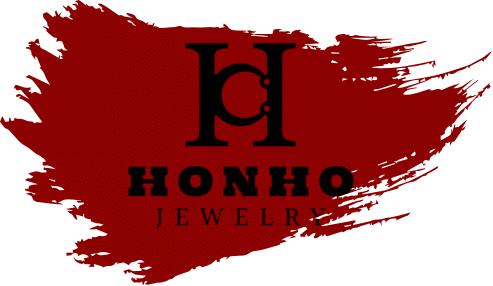Costume Jewelry Manufacturers and Suppliers Worldwide
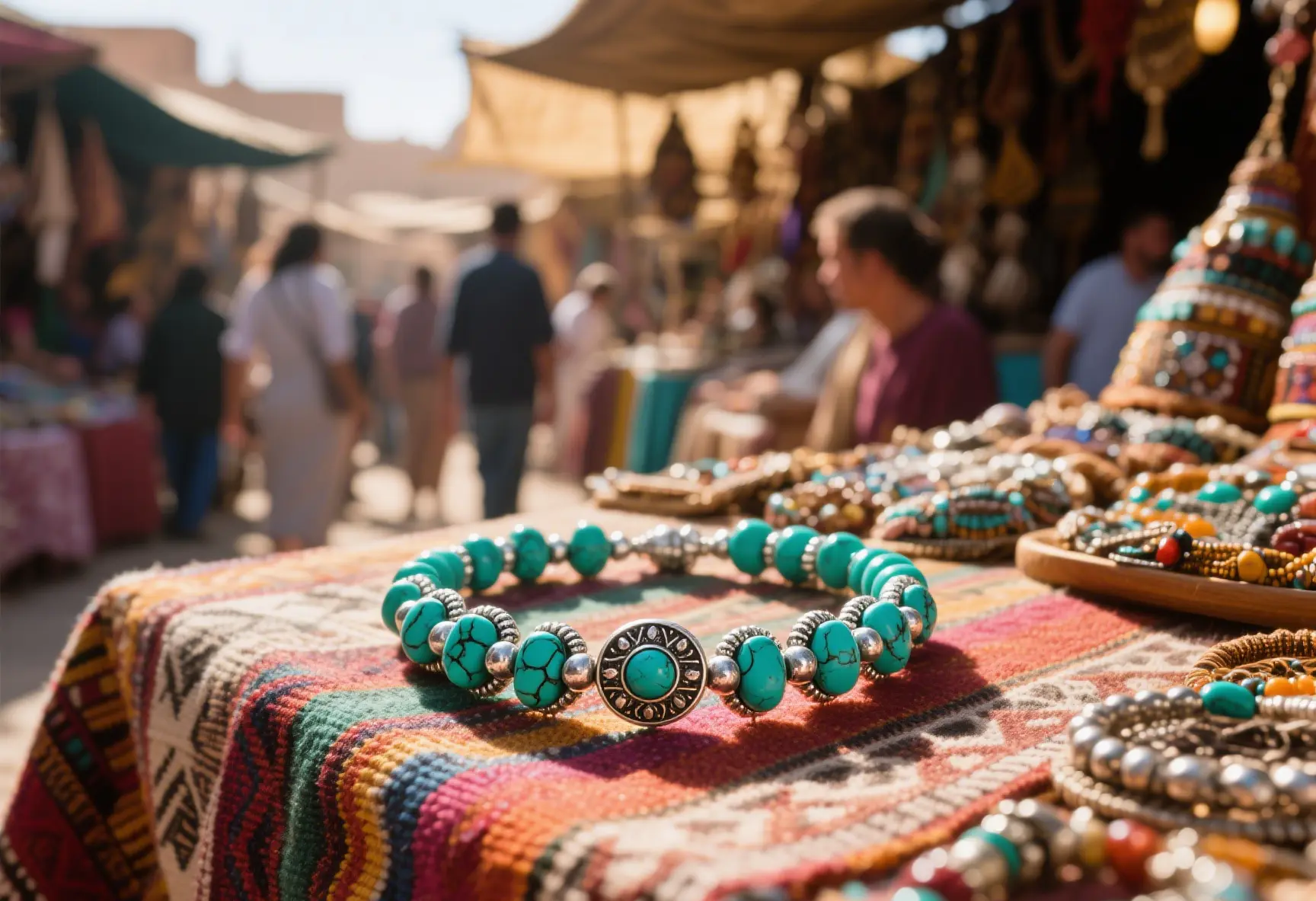
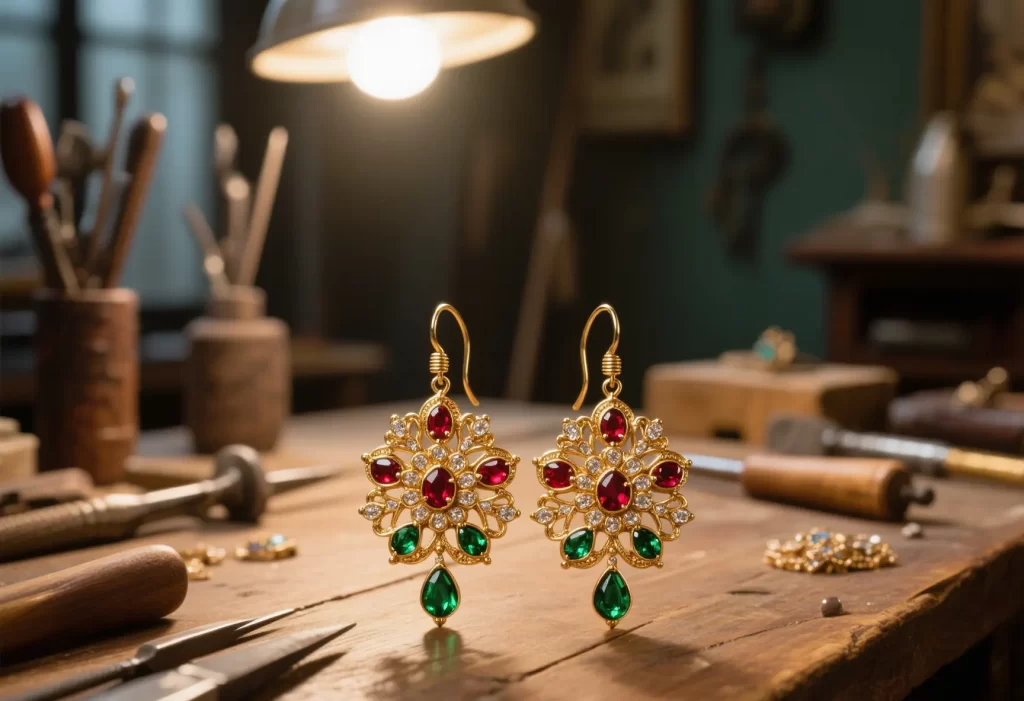
Key Takeaways
- Costume jewelry manufacturers have a tremendous impact on fashion trends. They play a key role in keeping jewelry affordable and widely accessible among all consumers.
- Innovation production Advanced technology, like computer-aided design (CAD) and 3D printing, allow manufacturers to produce detailed designs quickly and affordably.
- Quality control and skilled craftsman are necessary to keep it consistent and at the highest level in mass production.
- When brands partner with experienced manufacturers, they can make their designs a reality, stand out in the market, and maximize cost efficiency and scalability.
- Sourcing from reliable wholesale suppliers, especially those in major production hubs like China, can streamline inventory management and meet consumer demand.
- Eco-friendliness and ethical sourcing of materials are increasingly high priorities, with manufacturers taking steps to go green to match evolving consumer demands.
Many costume jewelry manufacturers design and produce wholesale fashion jewelry. For example, they use non-precious metals, glass, beads, and synthetic stones in their designs. In the US, tiny, independent local studios and massive, corporate factories produce a wide variety of work.
These factories usually work closely with large retail brand partners. Many focus on trends, quick production, and cost-friendly prices, making their pieces easy to swap out for new styles each season. Many manufacturers provide private label or custom design services for boutiques and online retailers.
American costume jewelry sometimes emphasized vivid color, lighter weight materials, and a more striking style to keep up with intensely fickle fashion. The next sections provide a glimpse into the inner workings of these businesses. They dig in on the materials they use and what to look for when sourcing a China-based supplier or partner.
What Are Costume Jewelry Manufacturers?
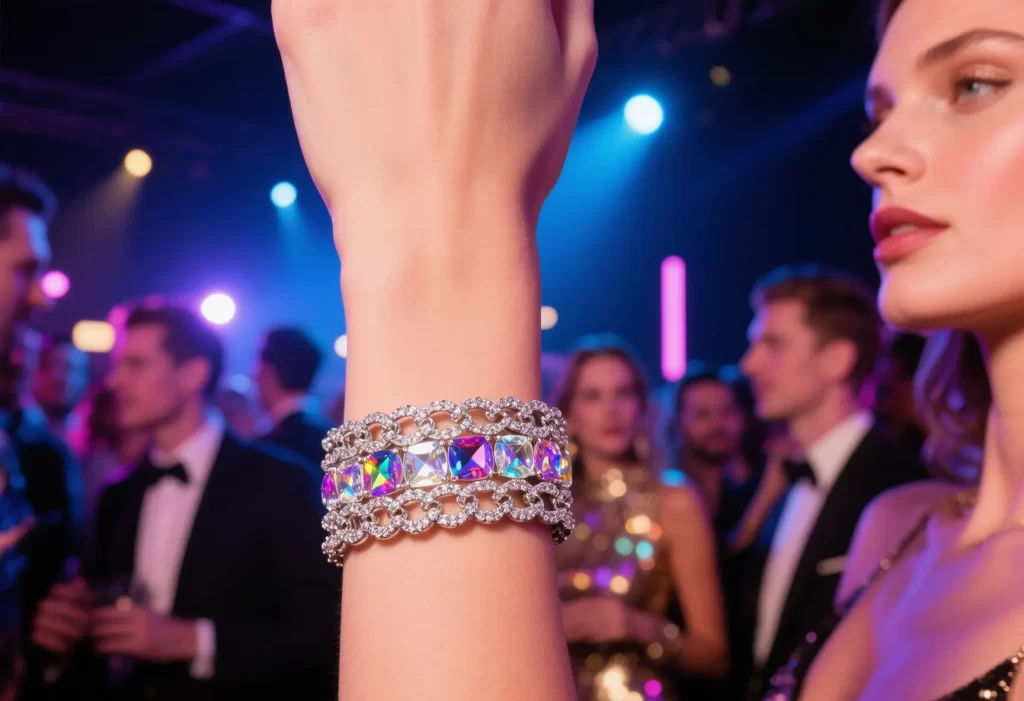
Costume jewelry producers create trendy, affordable jewelry that punctuates all attires from t-shirts to cargo pants to evening gowns. Their labor is at the heart of the fashion industry, determining when and how quickly trends are introduced and what ultimately ends up on retail shelves.
These small companies are where the real action is – they’re at the epicenter of the supply chain. They collaborate with designers, source raw materials, oversee production, and conduct quality assurance checks before goods are delivered to retailers and, ultimately, consumers.
Their decisions shape the entire jewelry industry, from influencing what price points are set across the market to determining what styles will be trendy. Excellent collaboration with designers ensures these bold new ideas are made tangible, blending artistic vision with real-world manufacturing expertise.
1. Defining Their Role in Fashion
Manufacturers have a great hand in determining what’s in style, as they can rapidly create new looks found in publications or on catwalks. They serve as the primary suppliers to both large retailers and mom-and-pop boutiques, keeping jewelry affordable and accessible for shoppers of all kinds.
Their size helps to maintain lower pricing, allowing a much larger audience access to fresh designs. Many are further leading the charge for sustainable practices, opting for recycled metals or creating a workroom that minimizes waste during the manufacturing process.
2. From Concept to Creation: The Process
It all begins with a drawing or digital rendering of the design. Manufacturers create molds, usually going through lost-wax or spin casting processes, and then metal pieces are cast.
Designers and manufacturers often collaborate closely, iterating on details and producing prototype after prototype to fine-tune and perfect every last aspect. Design mockups that reflect each party’s input are created and circulated, perfecting each piece before sending the designs out for mass production.
3. Key Materials They Commonly Use
These can include gold-plated brass, sterling silver, and even recycled sterling or other alloys. Decisions on materials affect each piece’s aesthetic, tactile quality, and cost.
Recently, more and more businesses are taking the sustainable route in order to align with today’s values.
4. Tech’s Impact: CAD and 3D Printing
Easier production CAD software enables manufacturers to test designs before they’re produced and identify conflicts sooner. 3D printing allows for prototyping of new forms or designs with minimal expense.
Such tools greatly accelerate the design process while allowing for the creation of one-of-a-kind, intricately detailed pieces.
5. Ensuring Quality in Mass Production
Each process goes through a rigorous quality check, from casting to assembly. It’s the expert touch that makes the difference, producing pieces true to the designer’s original intent.
Companies are often very sensitive to negative customer feedback and will make the required changes to maintain a positive standard.
6. Design Innovations Setting Trends
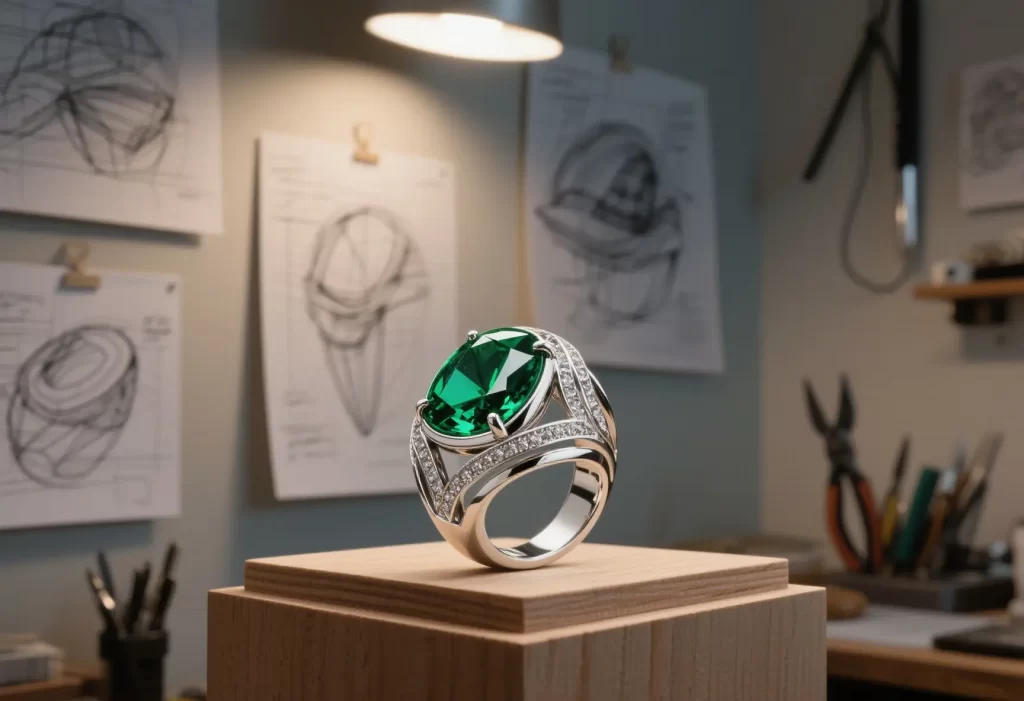
From eye-catching Art Deco silhouettes to sleek minimalist strokes, the manufacturers are always ahead of the game and know what’s trendy. She said, “They are very quick to adapt to the change in trend, collaborate with designers to get new styles.
This relationship frequently results in exciting, fashion-forward ranges that set trends before they’re even recognized.
Why Partner With Jewelry Manufacturers?
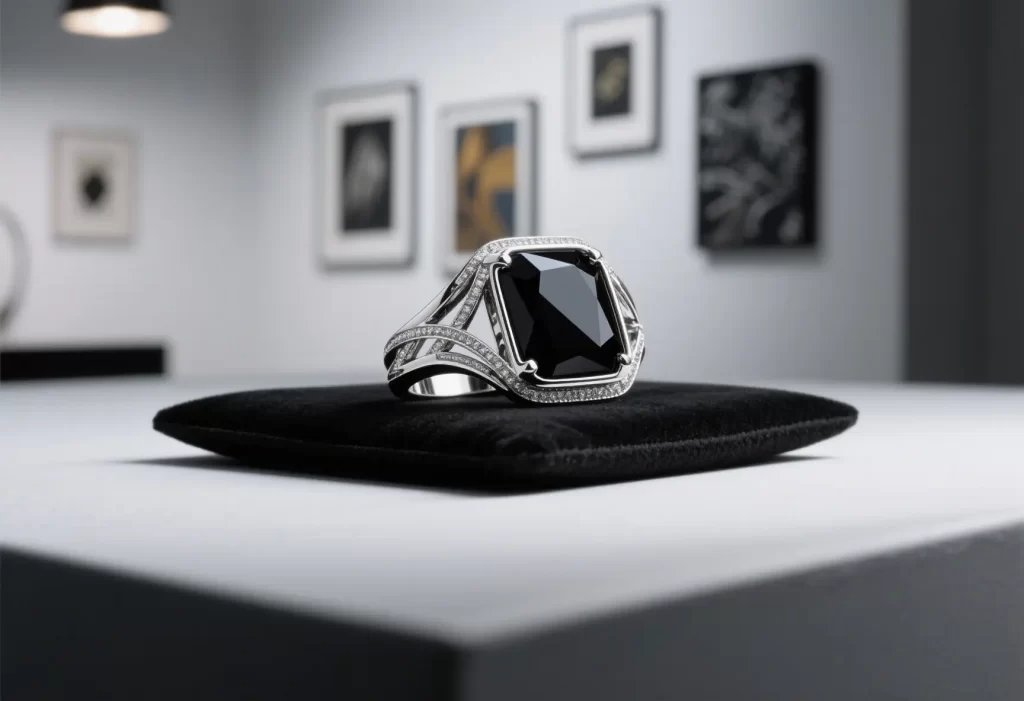
Partnering with jewelry makers presents exciting new opportunities for brands to differentiate themselves. These collaborations are more than just contract manufacturing. They help define a company’s aesthetic, reinvigorate outdated promotional strategies, and make innovative concepts come to fruition.
When brands and makers work together, they create more powerful identities. That collaboration allows them to reach wider audiences and develop offerings that really suit people’s needs.
Accessing Specialized Production Skills
Jewelry makers bring specialized production skills that can enhance the quality of any piece. They understand how to cast, cut, and polish costume jewelry to make it really pop and withstand the wear.
Brands benefit from collaborating with specialists with decades of experience and access to cutting-edge technology. Their attention to this hands-on skill results in higher quality craftsmanship and more intricate designs.
Proficient makers can further recommend modifications, ensuring each piece achieves both design and production quality objectives. For example, when a brand has a need for elaborate beadwork or complex metal finishes—realms in which highly trained makers excel.
By accessing their knowledge, brands have the potential to bring new styles to market that give them a competitive edge.
Cost Efficiencies and Scalability
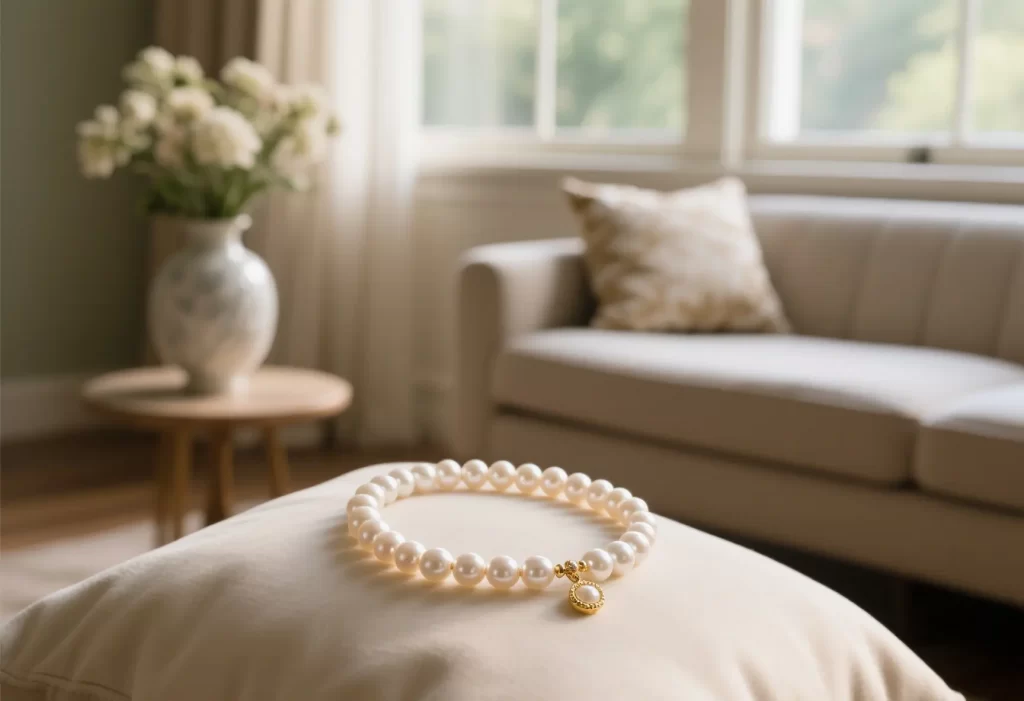
Working with experienced jewelry makers allows brands to maximize cost efficiencies. Working with our domestic makers offers the convenience of clear communication, limited shipping costs, and no import taxes.
Buying in bulk from these suppliers usually results in a lower cost per piece. Additionally, brands can achieve rapid growth by ramping up production in peak seasons.
Outsourcing to talented jewelry makers allows brands to remain agile and invest funds in the areas that count.
Bringing Your Unique Designs to Life
Working alongside jewelry makers gives brands the opportunity to transform initial sketches into eye-catching collections. Makers can work to further develop concepts, recommend alternative materials and produce customized versions that better suit multiple buyers.
Involving local partners brings an element of trust, shared value, and community-rootedness to the equation. Collaborating usually results in limited editions and co-branded collateral that creates buzz and consumer engagement.
Choosing the Right Jewelry Supplier
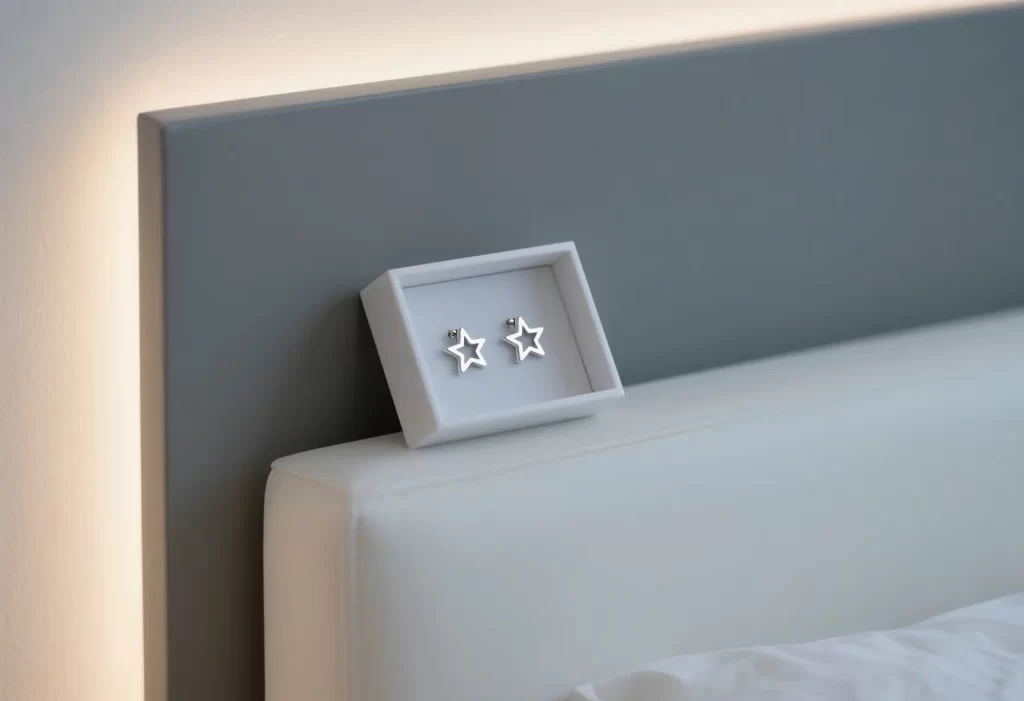
Choosing the Right Supplier Your supplier for costume jewelry greatly impacts your buying experience, affecting price, quality, and delivery speed. Start by reviewing the supplier’s experience; those with a long history in the industry often provide reliable service.
Many China jewelry manufacturers cater to both large and small brands and can handle design changes or large orders without sacrificing quality. Ask for a list of previous clients or photos of their work to see if their style matches your budget.
Quality is crucial, so consider materials like plated brass, zinc alloy, or stainless steel, and request samples. A good supplier will offer samples and guide you through their process, checking for flaws to ensure a polished look at an affordable price. Communication is key; China jewelry suppliers typically respond quickly, while overseas manufacturers should have clear English skills.
Also, confirm their time zone and holiday schedule to avoid delays. Remember that minimum order sizes and lead times can vary; some China jewelry manufacturers may require 100 pieces, while others might need 500 or more. Make sure these requirements fit your business model, and ask about rush options if you need a fast turnaround.
Wholesale Costume Jewelry: Smart Sourcing
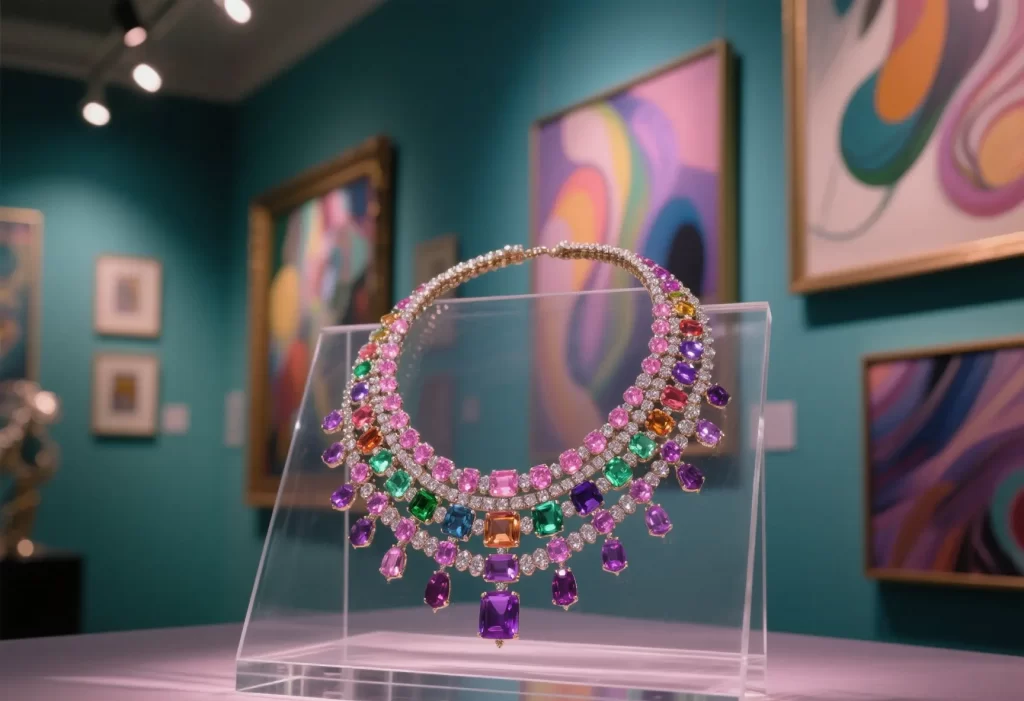
Wholesale costume jewelry refers to jewelry purchased in bulk directly from manufacturers or primary sources. This kind of smart sourcing makes quite the impact on the retail supply chain. This allows retailers to satisfy quickly evolving trends at a low cost.
The variety is enormous—necklaces, bracelets, rings, pendants, earrings. Retailers need to source wholesale in order to move with the fast pace of trends and be prepared with enough of what consumers are looking for. With gold prices increasingly volatile, the U.S. Market is booming.
Even so, the desire for smart and affordable fashion options isn’t going away. The global market was valued at more than $30 billion in 2021. As it goes up, smart sourcing is increasingly important to make it happen.
Benefits of Buying in Bulk
Buying in bulk reduces your cost per piece. Just like with any bulk purchase, the larger the order the better the per-unit rate. This increases net profit while ensuring easier inventory control, as retailers are able to respond to unexpected surges in demand.
The more well-stocked your inventory is, the less likely you are to miss a big sale. In addition, larger orders allow purchasers to have more leverage in negotiations with vendors. Ordering 500 units of a trending earring style could qualify you for a larger discount and expedited shipping.
Finding Reliable Wholesale Suppliers
Finding reliable wholesale suppliers is an important part of your wholesale journey. Trustworthy suppliers are essential, so seek out those with solid reputations, easily understandable product offerings, and positive customer feedback.
Marketplaces and trade shows, such as JCK Las Vegas, are another venue where manufacturers and buyers meet. Web portals like Alibaba, or links that factories provide you with, ensure it is easy to discover new partners.
HonHo Jewelry Manufacturer, for example, boasts 15 years experience in producing custom stainless steel, brass, and silver jewelry. They specialize in waterproof, non-tarnish, and on-trend designs.
Navigating Pricing and Minimum Orders
Understand that wholesale prices fluctuate depending on materials used, size of order, and complexity of design. Minimums are typically between 50 and 500 pieces. Understanding these regulations will help you establish budgets and inventory.
Having strong negotiating tactics and clearly defined terms is key to maximizing profit. Whenever possible, inspect samples for quality prior to large purchases.
Ensuring Quality in Jewelry
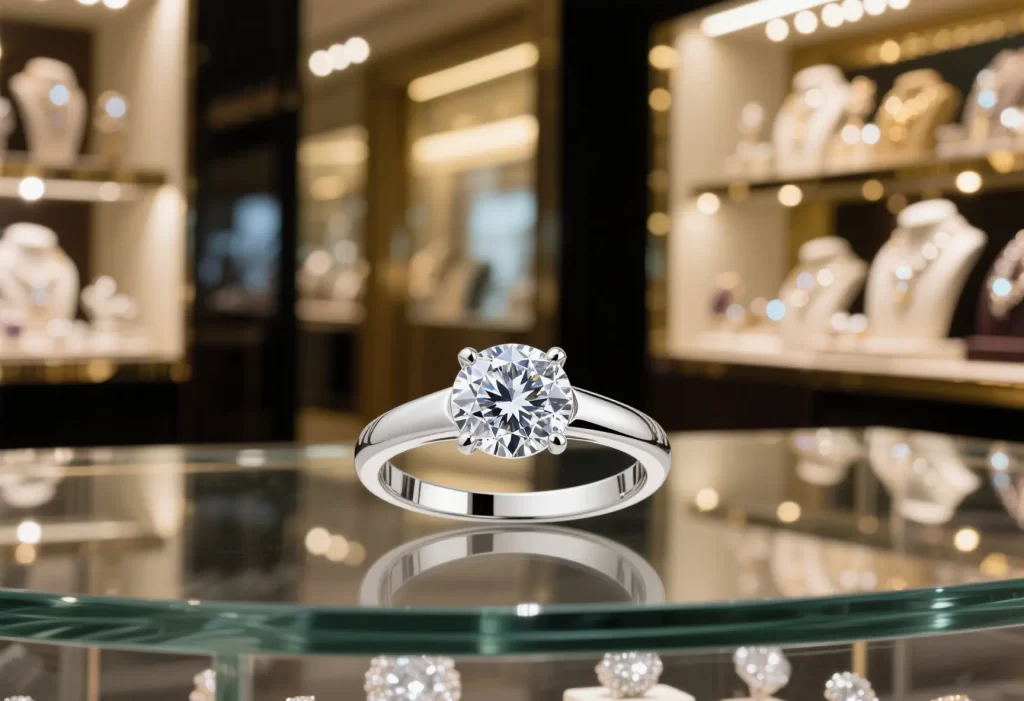
Ensuring quality in wholesale jewelry is fundamental to every reputable costume jewelry manufacturer. It determines the appearance, comfort, and durability of creations. Most manufacturers use various alloys of base metals such as brass or zinc and then plate them with layers of gold, silver, or rhodium. This process prevents corrosion and protects against loss of color. In China—where many of these workshops are trend and style setters—you’ll be likely to notice selective hand-polishing or machine buffing. This allows each piece to really shine bright and have a nice clean look.
So what do the best jewelry suppliers do that’s different? Their work is rigorously tested at every stage. They pay attention to construction as a whole, using strong clasps, sturdy chains, and smooth finishes. To ensure that even the most sensitive skin is protected, makers will test for lead and nickel. Other brands substitute stones with something like glass or resin. The good ones inspect every bead for chips or dull spots. Larger manufacturers may even employ microscopes to catch small defects before they go out.
Design is very important as well. To keep up with trends, L.A. Shops collaborate with local artists who are dialed in to what’s hot. They choose color combinations and forms that suit the time of year. Some use recycled metals or biodegradable eco-friendly packs to reduce waste, to the accord of the city’s sustainability efforts.
Shipping Another place to ensure quality Smart builders bubble wrap each component to prevent scratches. They provide easy-to-understand labels, letting consumers know exactly which metals or stones they are purchasing. This simple but honest approach fosters buyer confidence and repeat business.
Evaluating Sample Orders
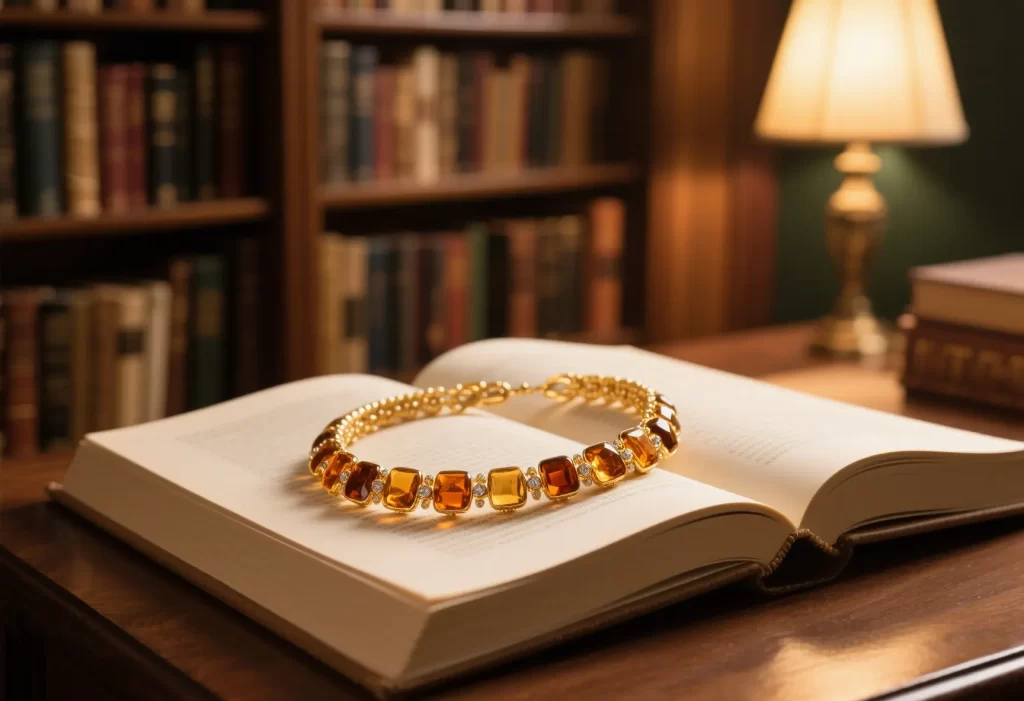
Sample orders play a crucial role when selecting a wholesale jewelry manufacturer for costume jewelry. They help determine if the jewelry suppliers can meet your specific requirements before committing to larger quantities. Buyers typically review samples to assess the craftsmanship, quality of stones, and metal finish. It’s important to expect some minor imperfections in the initial sample, as signs like jagged edges, flimsy clasps, or worn-down plating may indicate chronic issues. U.S. buyers, in particular, prefer to see samples featuring stamped 925 silver or clear gold plating, as these finishes closely resemble what they can find locally, off the shelf.
Lead times for samples can reveal whether a maker maintains a consistent workflow. For example, a 10-day lead time for a set of brass earrings is common among private label jewelry suppliers in China. Even a slight delay could lead to longer lead times for complete orders. It is wise to evaluate how a maker responds to feedback on samples, as some producers quickly address deficiencies and provide new samples, while others may be unresponsive or take longer. A manufacturer who actively communicates and seeks your input is likely better prepared to support you in the future.
Cost is the other big element. While most makers do charge for samples, some will use the cost against future orders. This helps ensure pricing is equitable and demonstrates that the designer is serious about actual production. Packaging, as well, can be a strong indicator of quality. A sample that arrives in a sealed business/retail pouch with hang tags, etc, just seems more prepared for the retail shelves. Samples should match your specs, from the chain length to the stone color, to avoid surprises later.
Spotlight: Costume Jewelry China Manufacturers
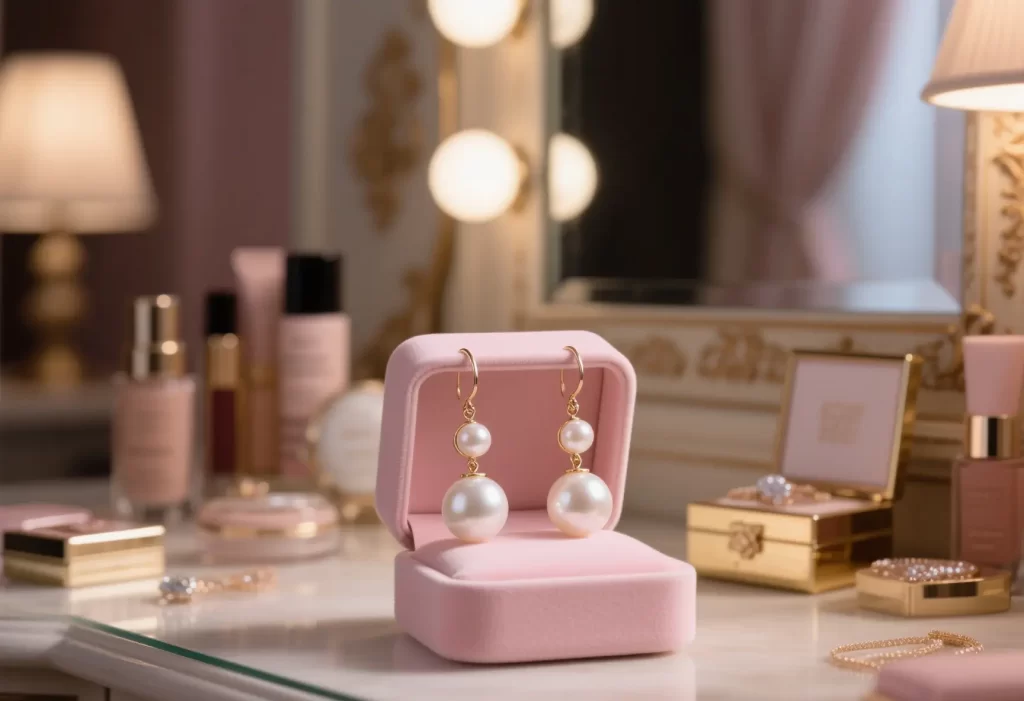
China continues to be the world’s largest supplier of costume jewelry. The country’s manufacturing industry is home to more than 2,000 such companies, with more than 1,000 registered and documented. Buyers enjoy a convenient supply chain and find sourcing, ordering and shipping jewelry products around the world simple and efficient.
Chinese manufacturers have the advantage of easy access to raw materials and a cheaper workforce. Thus, they can provide high quality at competitive low prices. Liwan Plaza in Guangzhou is renowned for its thick clusters of jewelry shops and jewelry-making factories. This dynamic entrepreneurial ecosystem produces nearly 110 billion yuan annually.
Understanding China’s Manufacturing Landscape
Primary centers of jewelry production are located in Guangzhou, Yiwu, and Shenzhen. These cities are home to tens of thousands of factories—each with distinct aesthetics and techniques—so it’s impossible to generalize.
Chinese manufacturers are able to undercut competition through advanced machinery that allows them to create complex designs at scale. Since local regulations and standards determine the operating procedures of many factories, understanding these rules ensures that companies are only producing in compliant factories.
Cultural influences are evident, as well – most of their designs mix traditional Chinese influences with styles from all over the globe.
Production Capabilities and Scale
Chinese manufacturers, most with production capabilities on the level of factories, are likely able to meet huge orders. They rely on state of the art technology to meet high demand while maintaining low prices.
With the ability to quickly adapt to changes in the marketplace, factories are able to provide not only mass production, but custom pieces. Take for example HonHo Jewelry Manufacturer of China, which focuses on stainless steel, brass, and 925 silver jewelry.
They provide you with custom, waterproof, and non-tarnish pieces and pride themselves on their gold vermeil and gold-filled lines.
Key Considerations for US Importers
For instance, importers must ensure that their products adhere to US regulations, including proper labeling and verification of materials used. Spot inspections and quality checks are essential to prevent future disasters.
Shipping from China can be quick and reliable, but customs documentation requires careful attention. Frequent, clear, honest communication with suppliers helps ensure an easier import process.
Export Trends and Market Dynamics
Still, exports continue to rise as new buyers flood the market. Changes in global taste and the economy play a role in determining what sells.
North America and Europe are the most popular markets for U.S. Costume jewelry, but emerging regions count as well. Chinese factories have gotten extremely nimble, able to update designs and switch out materials on a dime.
Modern Trends Shaping Manufacturing
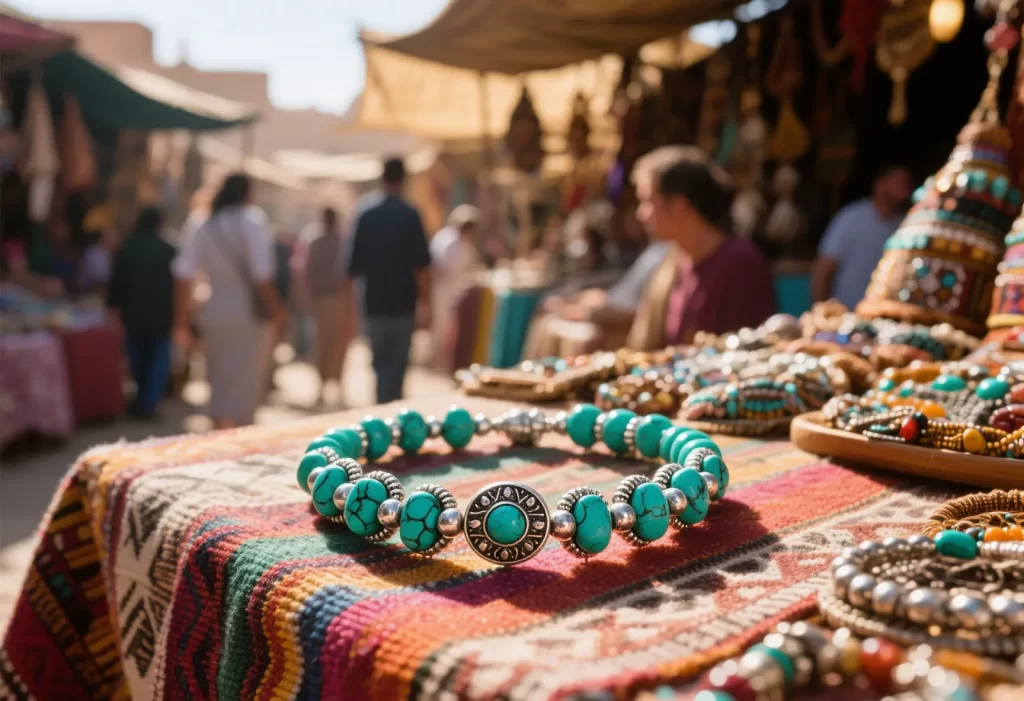
Now, costume jewelry manufacturers are faced with an even more rapidly advancing environment. Changes in the way people shop, their lifestyles and how they view self-expression are all contributing to the evolution of this industry. Today’s consumers are looking for high-quality, fashionable jewelry at a good price—but they want to know more about the origin and production of their jewelry.
Technology, sustainability, and new design concepts are all factors.
Sustainable Practices Taking Root
Sustainability is increasingly becoming a leading force in the jewelry industry. Many brands, big and small, use recycled metals or avoid toxic materials like cadmium. For instance, some are dedicated to working with stainless steel or brass, both of which are less toxic.
Sustainable packaging and energy efficient workshops are making a difference too. More than ever, shoppers are looking for evidence that brands truly care, so sharing their proactive steps can help establish that trust. This change isn’t merely cosmetic—regulations now restrict the use of harmful materials, requiring brands to make sustainable and responsible choices.
The Rise of Ethical Material Sourcing
Ethical material sourcing is becoming a major focus as consumers demand to know where materials come from. With transparent supply chains, brands can more easily prove they use fair labor and safe materials. Having disclosure on sourcing, like whether or not they use conflict-free stones, means a lot to consumers.
Authentic narratives explaining the journey of each piece improve brand differentiation while increasing consumer confidence in the marketplace.
Adapting to Shifting Design Aesthetics
Design trends move fast. Gender-neutral jewelry and men’s rings are gaining ground, especially with social changes like the spread of same-sex marriage. New colored stones, mixing Eastern and Western styles, and lightweight, modern looks are all in demand.
Brands rely on market trends and feedback to keep up and stay flexible.
Customization for Diverse Consumer Needs
Customization for diverse consumer needs is all about understanding your consumer. Customization, personalization, and a story to tell are becoming increasingly important. More consumers are seeking jewelry to match their narrative.
HonHo Jewelry Manufacturer has more than 15 years of experience in China. They create personalized waterproof, non-tarnish pieces out of stainless steel, brass, and 925 silver. Providing options in gold vermeil, gold filled, and various other finishes accommodates the diverse style preferences.
Navigating Manufacturing Challenges
Costume jewelry manufacturers have operated in an extremely dynamic space. With the current state of supply chain challenges, rule changes and fluctuations, and increasing consumer demand for sustainable products, the industry is at a critical point.
As these examples show, U.S. Manufacturers face a daily challenge with the increasing expense of gold, silver and other metals. Simultaneously, they must take a proactive approach to respond to US safety regulations and consumer preferences. Against these challenges, it’s all the more important for manufacturers to remain agile and adopt new technology to gain a competitive edge.
Tackling Fluctuating Material Costs
Soaring costs for metals and stone impact manufacturers’ bottom lines. Many makers combat this by bulk buying materials or signing long-term contracts. For those who can’t afford gold, some designs shift to stainless steel, brass, or 925 silver, all of which are cheaper alternatives to gold.
HonHo Jewelry Manufacturer provides various choices in stainless steel and brass metals. These decisions allow companies to cut brand costs while staying on top of style fads. Having multiple material suppliers increases leverage and control over pricing.
Proper inventory management can track historical trends and help prevent over-purchasing during high-cost surges.
Meeting US Safety and Compliance Rules
The US jewelry market is one of the strictest in the world, with regulations regarding safety, labeling and conflict minerals. Products should be devoid of heavy metals such as nickel and lead. Lack of compliance could result in recalls, or worse, class-action lawsuits.
Most makers go through third-party laboratories to test their pieces. They need to abide by the Dodd-Frank Act by disclosing the source of their gold and other minerals. Whether operating a small or large shop, these rules may sound intimidating, but compliance lays the groundwork for building trust and establishing credibility.
Small Makers vs. Large Scale Operations
Small shops usually excel at one-of-a-kind designs and personalized service. One reason is that they can go quickly and test things out. Big factories thrive on the scale of the work and drive down costs.
Both have their role. Small makers sell to niche markets; larger ones to mass markets. There’s room for both, and both can prosper as long as they stick to their knitting.
Understanding Lead Times
For costume jewelry manufacturers, lead times are everything. They show the time it takes from when the initial order is made to when the last piece is shipped. This timing depends on a lot of little factors, such as the complexity of jewelry designs, order size, and materials on hand—all of which make a critical difference. As a rule of thumb, most China Makers require at least four to eight weeks for jewelry production.
This turnaround time is even more pronounced for larger hubs such as LA. If you’re looking for something completely unique or planning a larger order, be prepared for that timeframe to increase significantly. For instance, a bulk order of basic gold-plated rings could take only four weeks to finish, while a run of hand-set, multi-stone necklaces might take twice that.
It’s not unusual for lead times to change unexpectedly. If your wholesale jewelry supplier runs out of a specific color crystal or size chain, it could delay your entire order by a week. Additionally, manufacturers often juggle multiple orders simultaneously, leading to potential backlogs.
For emerging brands or new startups, this situation can translate to additional lead time, as larger customers typically take precedence. While some manufacturers offer rush services, these often come with an added premium and are still contingent on the materials available.
Understanding this system well in advance is crucial to your planning. Whether you’re rolling out a seasonal collection or gearing up for a major trade show or pop-up event, then padding your timeline by several weeks is an excellent idea! Requesting a clear timeline from the start—and maintaining open communication when things change—helps everything run seamlessly. Understanding Lead Times Ultimately, understanding the ins and outs of lead times will save you unnecessary stress, money, and blown deadlines.
Conclusion
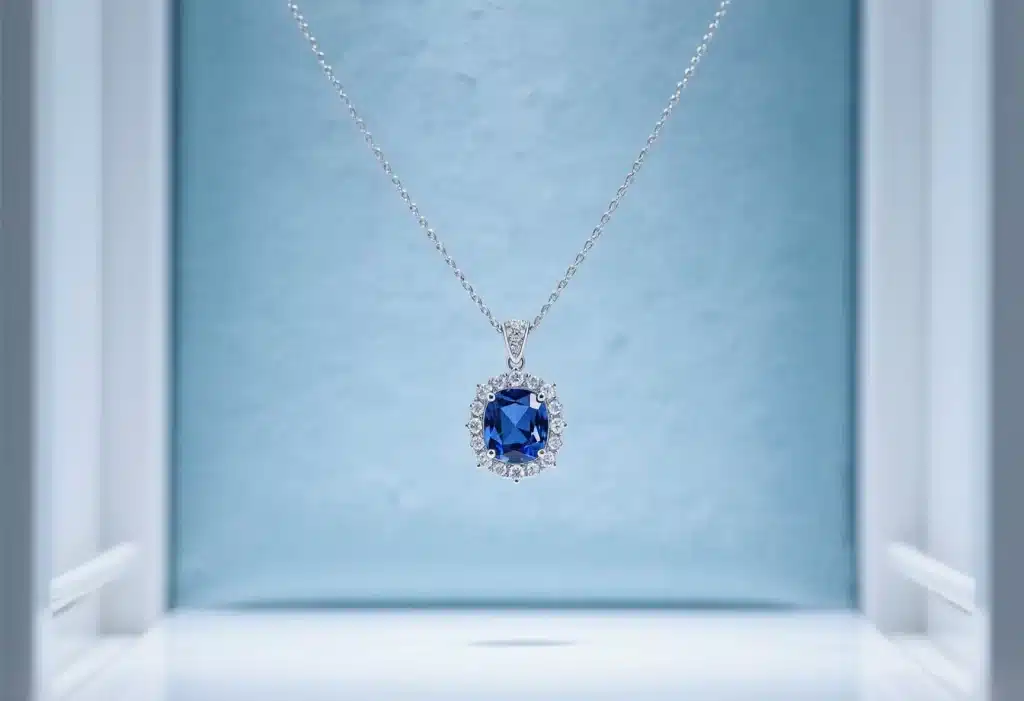
Costume jewelry manufacturers help maintain a level of excitement in the fashion industry. The good ones deliver fresh styles, savvy pricing, and fast turnaround times. They are trend setters and trend makers, and they’re quick, so stores and labels can be nimble.
Major players in China lead the charge with aggressive pricing and overwhelming variety. Creators run into obstacles such as supply chain issues or knock-offs, but the best of them find a way to overcome. When you source correctly, you get better quality stock at fairer prices with a lot less drama.
Trying to develop a new brand or add to a shop shelf? Join forces with reliable artisans and see your fashion enterprise soar. Looking for more advice or hoping to identify the perfect partner to bring on board? Call ahead and get the inside story before you step to your next location.
Frequently Asked Questions
What is a costume jewelry manufacturer?
A wholesale jewelry manufacturer creates and makes chic, inexpensive jewelry using materials like plated metals, glass, and acrylic. They prioritize style over substance and mass production over luxury or fine jewelry.
Why should I work with a costume jewelry manufacturer?
When you collaborate with a wholesale jewelry manufacturer, you gain access to their bulk pricing, custom jewelry designs, and knowledge of the latest trends, which is essential for scaling your jewelry business and staying competitive.
How do I choose a reliable costume jewelry manufacturer?
Choose the right wholesale jewelry manufacturer by looking for those with a history of positive customer reviews and certifications for quality assurance. Request samples and test their production capacity before signing a contract.
Are Chinese costume jewelry manufacturers trustworthy?
The truth is, most Chinese wholesale jewelry manufacturers are very reliable and provide amazing quality-to-price ratios. As always, do your homework, read customer reviews, and ask for references to ensure you’re getting quality jewelry products and reliability.
What are the current trends in costume jewelry manufacturing?
What are the current trends in wholesale fashion jewelry manufacturing? Manufacturers are further using innovative techniques such as 3D printing for one-of-a-kind custom jewelry designs.
Can I order small quantities from costume jewelry manufacturers?
While there are wholesale jewelry manufacturers with low minimums, most jewelry suppliers focus on larger orders to maintain maximum process efficiency and keep production costs low.
What challenges should I expect when working with overseas manufacturers?
Common challenges you might face with wholesale jewelry include language barriers, shipping/refund delays, and quality control. Utilizing clear contracts, frequent updates, and third-party inspections can help mitigate risks associated with these concerns.
Related Posts

Understanding Wholesale Jewelry Pricing and How It Works
Understanding Wholesale Jewelry Pricing and How It Works When people see a ring that costs $6 wholesale and retails for $59, they often
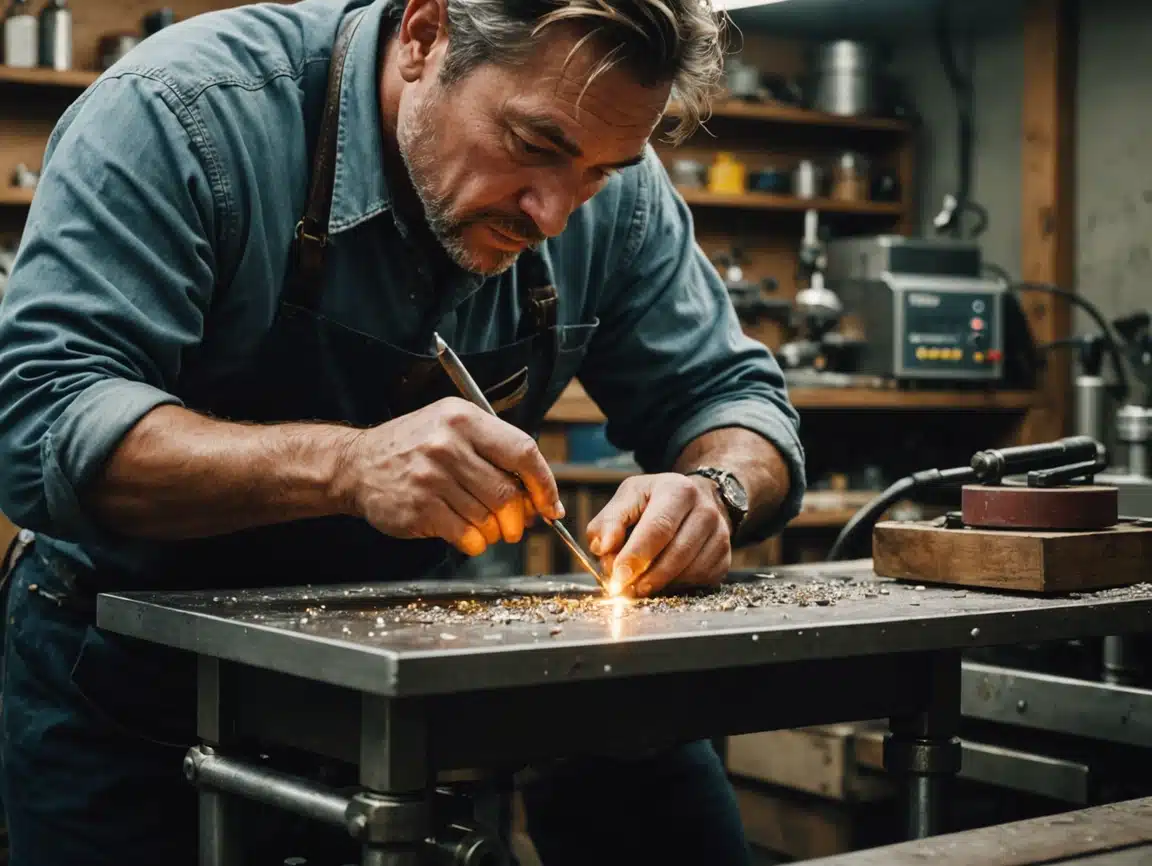
The Art of Shine in Jewelry Polishing and Plating Techniques
Discover how polishing and plating transform modern jewelry with expert techniques for lasting shine and elegant finishes.
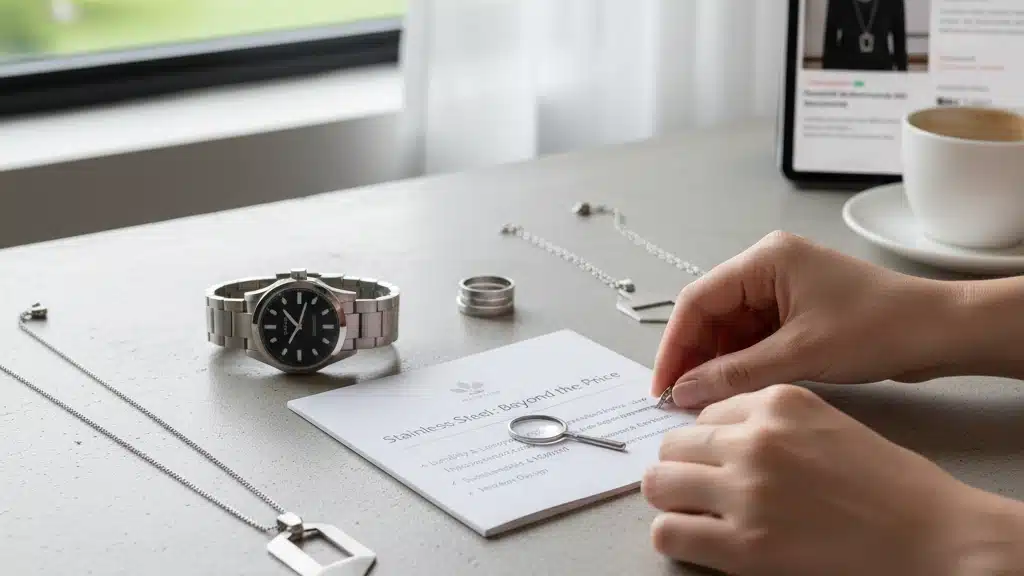
Τι Νοιάζει Πραγματικά τους Αγοραστές Ανοξείδωτου Κοσμήματος Εκτός από την Τιμή
Τι πραγματικά νοιάζει τους αγοραστές ατσάλινων κοσμημάτων πέρα από την τιμή ανθεκτικότητα υποαλλεργικά υλικά και μοντέρνο στυλ.
